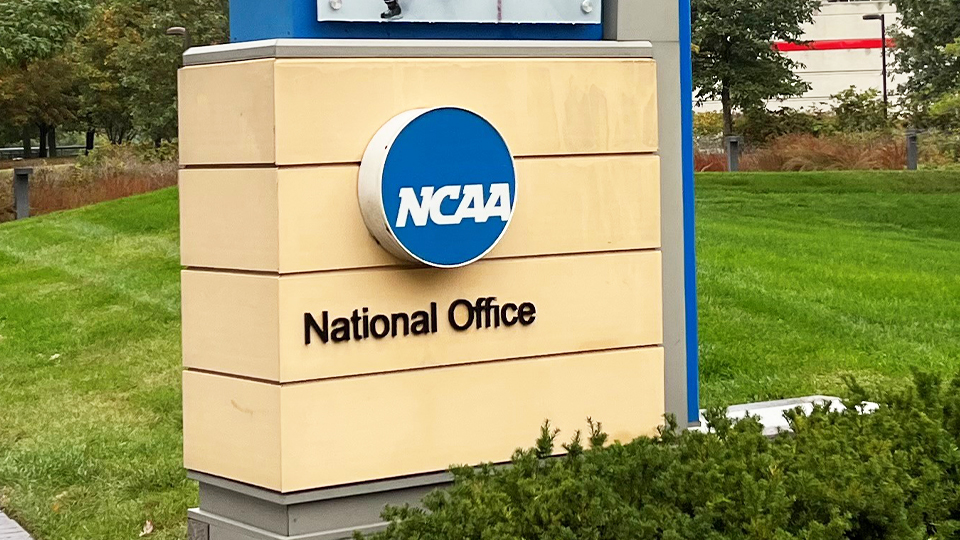NCAA lays out pay structure for women’s basketball tournament performances
Subscriber Benefit
As a subscriber you can listen to articles at work, in the car, or while you work out. Subscribe Now
A women’s basketball team that reaches the Final Four of the NCAA Tournament could bring its conference roughly $1.26 million over the next three years in financial performance rewards.
In an email obtained by The Associated Press on Friday from the Indianapolis-based NCAA to its basketball committees and conference commissioners, a pay structure was outlined for the proposal that will give performance units to teams that play in March Madness. Units represent revenue.
All that’s left for this to happen is the NCAA membership to approve it in a vote on Jan. 15. The Division I Board of Governors voted unanimously on this proposal earlier this month.
There will be $15 million awarded to teams in the first year of the fund, which is 26% of the women’s basketball media revenue deal. That number will grow to $25 million, which is 41% of the revenue, by 2028. The 26% is on par with what men’s basketball teams received the first year the performance units program was established.
The lack of a units system for the women’s tournament has been a point of sharp criticism.
The women’s March Madness proposal is similar to the men’s basketball unit program. Each of 32 conferences that receive an automatic bid to the tournament will receive a unit and additional units will be rewarded for teams that receive at-large bids.
The longer a school’s tournament run lasts the more units the school’s conference receives. Conferences decide the distribution of unit revenue to each of its members. Each unit was worth about $2 million for the 2023 men’s tourney.
Men’s basketball teams now receive 24% of the media rights deal, which is $8.8 billion over eight years, starting this year. Women’s basketball is valued at $65 million per tournament in the new NCAA’s new media rights deal with ESPN—roughly 10 times more than in the contract that ends this year.
The women have a higher percentage of the media revenue deal to bolster the value of each performance unit.
The NCAA sharing March Madness revenue with its member schools has long been a feature of the men’s tournament. The 2018 tournament, for example, brought in $844.3 million in television and marketing rights, the vast majority from a contract with CBS and Turner Sports to televise the games.
Most of the money flows through the NCAA to conferences and then back to member schools, more than 300 of which field Division I basketball teams eligible to play in the tournament. The schools mostly re-invest in athletics, from scholarships for athletes in all sports to coaching salaries, training facilities, stadiums, ballparks and arenas.
The women’s tournament is coming off its most successful year ever that included a record audience of 18.7 million for the title game win by South Carolina over Iowa, the highest for a basketball broadcast of any kind in five years. It outdrew the men’s championship game—UConn winning its second consecutive title with a win over Purdue—by nearly 3 million viewers. The women’s tournament also had record attendance.
